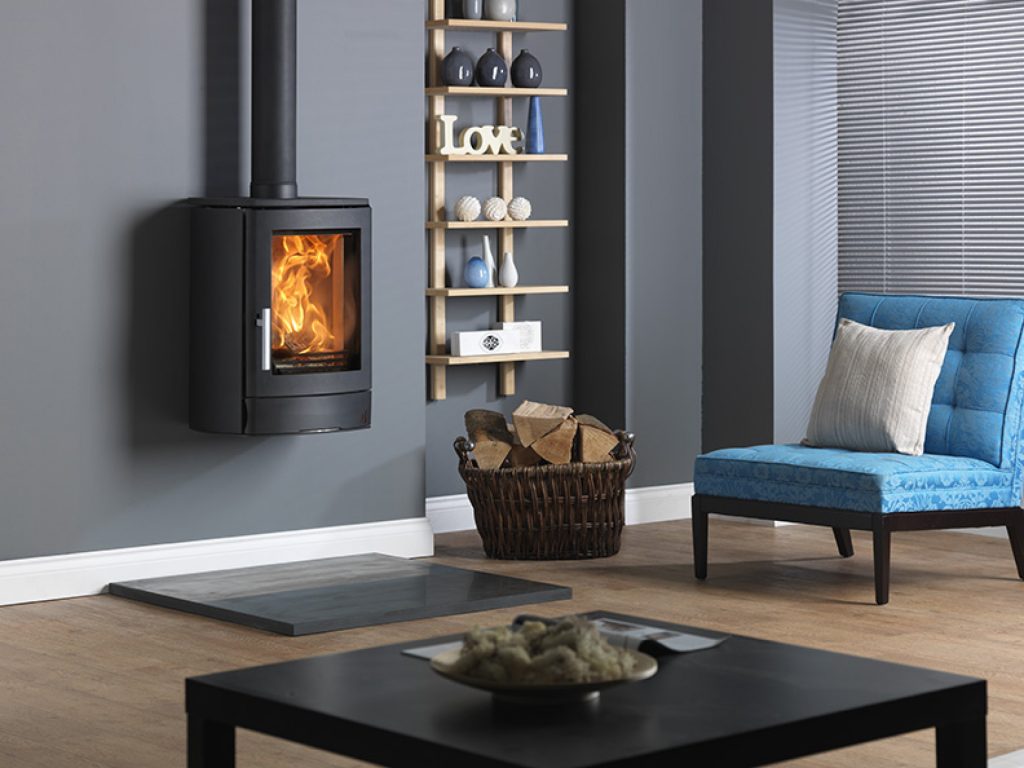The question of whether you need planning permission for a flue is not covered in great detail on the Internet. In reality, the vast majority of wood-burning/multifuel stove installations will not require planning permission but it is worth checking out. Building regulations clarify when planning permission is not required.
Planning permission regulations in the UK
Under normal circumstances the fitting, altering and replacing of an external flue, chimney or soil and vent pipe will be considered as permitted development. Therefore, planning permission will not be required in the vast majority of cases. However, there are a number of issues to take into consideration.
Position of the flue
So long as the property is not listed a flue can be positioned anywhere on the building. However, the maximum height is 1 m above the highest part of the roof.
Listed buildings
If you are looking to install a flue in a listed building it is advisable to check with local authorities first. The chances are it will still be allowable under permitted development regulations but it is worth checking.
Designated areas
There are strict regulations regarding the installation of flues in designated areas. They must not be fitted on a side elevation facing the highway or the principal wall.
It will be interesting to see whether the local authorities and national government tighten these regulations in the short to medium term. There is a growing appetite for further regulation of the stove industry despite concerns about a potential witchhunt.
Permitted development allowances
While permitted development allowances do change from time to time they tend to apply only to houses. As a consequence, planning permission would likely be required to fit a flue in any of the following:
Flats and maisonettes
These two types of dwelling would require planning permission if looking to install a wood-burning stove and flue pipe.
Converted houses
There are specific regulations covering homes which have been converted/created under change of use via permitted development rights. It is likely they would require planning permission to install a flue.
Additional exemptions
The permitted development allowances do not include additional buildings and areas where there is an array of planning permission restrictions. This is fairly vague and it is worth checking out with your local authority.
Using a qualified stove installer
Any qualified stove installer (HETAS registered) will be able to advise whether additional planning permission will be required from the local authorities. They will be well aware of the various regulations and properties which are exempt from permitted development allowances. This is one of the additional benefits of using qualified personnel.
Approved and registered flue installations
Where a flue is fitted by a HETAS qualified installer there is no requirement for additional local authority paperwork. If a flue has been fitted by an unqualified installer it will need to be signed off by the local authority building department under building regulations. Failure to do so can lead to significant action by the local authorities. These regulations were introduced to ensure the safe well-being of stove owners.
Badly installed stoves can be fatal
Despite the warnings from stove companies, and the likes of HETAS, many people fail to heed the potential dangers from badly installed stoves. Carbon monoxide poisoning is not a common occurrence with stove users but it is one to be aware of. Carbon monoxide is an odourless and colourless poison which will literally kill you. Therefore, all stove installations should ideally be carried by HETAS engineers. Or they can be signed off by the local authority building department when using an non-HETAS installer.

